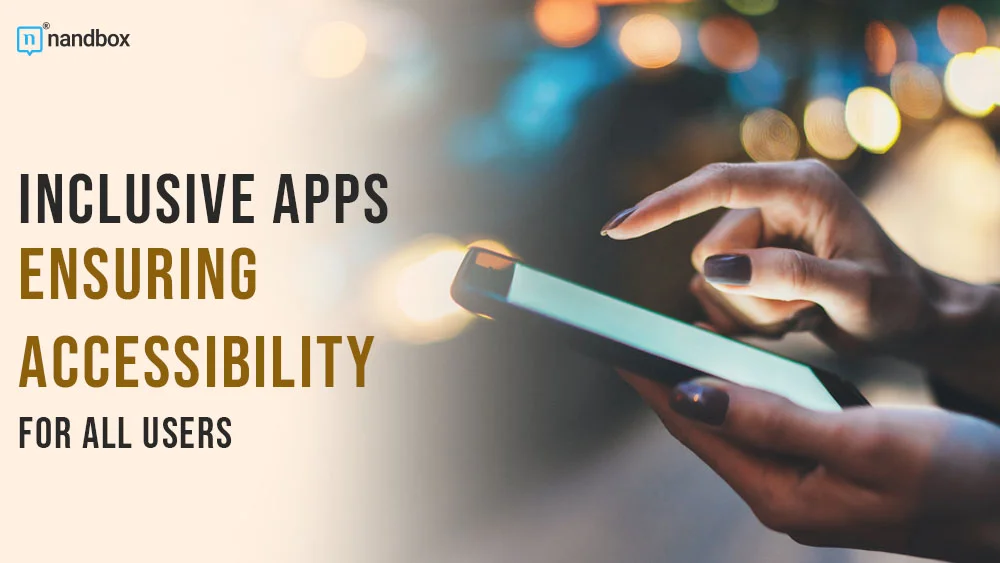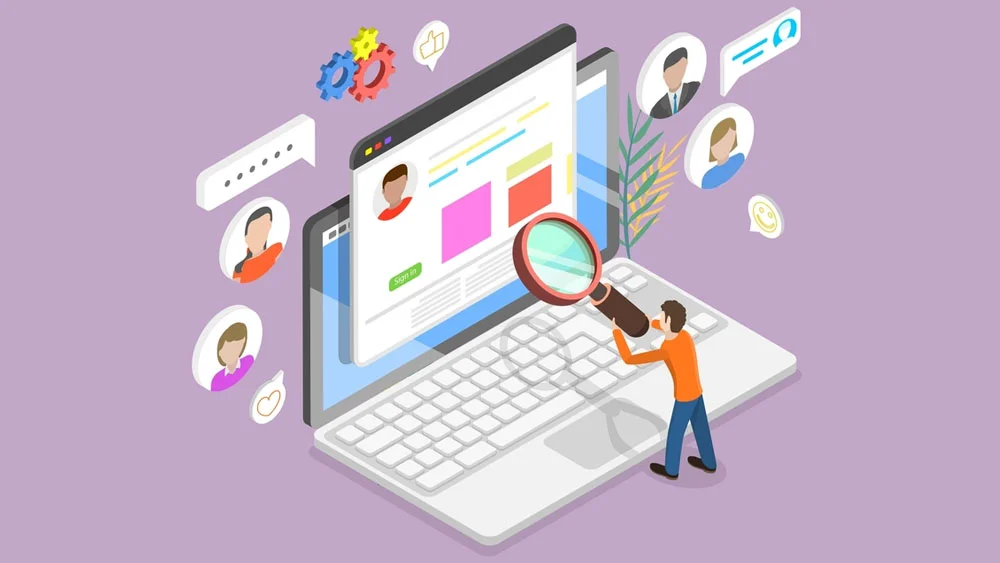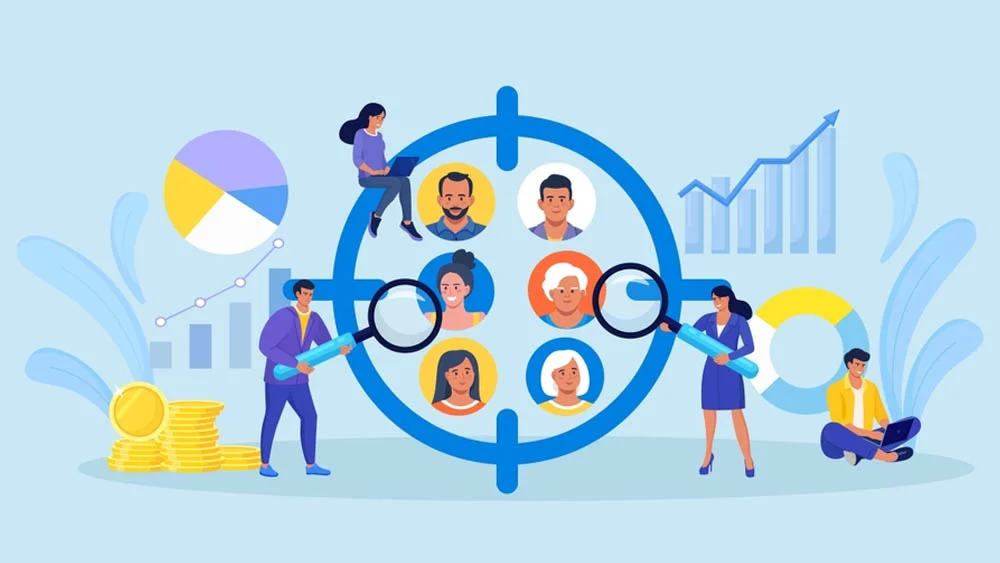Creating Inclusive Apps for All Users 101
Now more than ever, accessibility is crucial, as mobile apps have become fundamental to our daily lives. The constant increase in app usage across a wide range of users necessitates that developers emphasize user diversity. But why should accessibility be the first priority for all apps? What are the tangible gains for everyone involved? In this article, we will go into why it’s so important to put an emphasis on inclusion when designing and developing apps, and how doing so improves the user experience and creates new doors for developers in the dynamic digital world. Learn how focusing on inclusion can lead to a more equal, user-centric, and effective app environment. And the importance of creating inclusive apps.
What Are Inclusivity and Accessibility, and What Do They Mean to Apps?
The importance of understanding the meaning of accessibility and inclusion in the app development world cannot be overstated. Regardless of a user’s specific set of interests, backgrounds, or demographics, inclusive development prioritizes including them. Accessibility is concerned with the elimination of obstacles, especially for those with impairments, to guarantee an effortless interaction for people with sensory, motor, or cognitive impairments. On the other hand, inclusivity makes sure that everyone is included and can use apps regardless of their background, culture, language, or anything else.
Both inclusivity and accessibility are two halves that complete each other, as you can’t create inclusive apps that welcome everyone while not being easy and accessible.
The results and main aim for apps are crystal clear: creating software that is both accessible and inclusive is crucial for providing a fair user experience.
Importance of Inclusivity and Accessibility in Mobile Apps
Inclusivity and accessibility are essential principles when designing and developing mobile apps. They make sure that as many people as possible can use your app, regardless of their abilities, backgrounds, or circumstances. Here are some reasons why inclusivity and accessibility are crucial in mobile app development:
Wider User Base
Making your app universally accessible increases the number of people who can use it. This means that more downloads, interest, and revenue could come from this.
Legal and Regulatory Compliance
Accessibility for individuals who have impairments is a requirement of the law in many regions, and this includes mobile apps. You can avoid potential legal trouble by checking that your app complies with these rules.
Ethical Responsibility
It is a moral obligation to make sure that everything is open and accessible to everyone. Everyone should be able to take advantage of the conveniences and possibilities offered by mobile apps.
Enhanced User Experience
Enhancing your app’s accessibility benefits all users, not just those with impairments. Everyone can benefit from a more streamlined interface, better organization, and a more intuitive design.
Market Competitiveness
Users are increasingly likely to prioritize accessible apps over those that aren’t as their knowledge and understanding of accessibility rise. Your app will have an advantage over the competition if you anticipate user needs.
Brand Image
Brands that actively promote diversity and accessibility often receive more positive consumer reactions. Companies and apps that actively promote diversity and inclusion tend to receive more positive reviews from users.
Innovation and Creativity
Embracing accessibility obstacles can spark originality and creativity in app development and planning. It’ll get you to stop using the same old strategies and start devising brand new ones.
Do App Stores Take Inclusivity and Accessibility Into Consideration?
So, now that we know the importance and significance of inclusivity and the presence of inclusive apps, do app stores consider such important measures? The answer is definitely yes! Both the Apple and Google App Stores have had an astounding role when it comes to promoting accessibility and the process of creating inclusive apps. For instance, the Apple App Store established strict and firm guidelines on everything concerning inclusion. In these guidelines, they direct developers through a step-by-step guide on the necessary and fundamental elements that make effective inclusive apps. This includes guidelines on icons, fonts, immersive experiences, colors, features, and so on.
The Google Play Store also emphasizes the same strict guidelines and policies when it comes to creating and releasing inclusive apps. However, they went the extra mile by making the development process more seamless and easy. Google introduced the Accessibility Service API. This tool is invaluable for making an app more accessible for people with impairments and disabilities. This is because it contains all the necessary tools and features that could make an app easy to use.
Areas That Inclusive Apps Should Cover
You’d think that the area of inclusive apps is minimal since we rarely see inclusive apps. However, the areas that inclusive apps cover are huge and do not necessarily have apps of their own. Any app can be accessible with special features and settings. Without further ado, let us discuss the many areas that inclusive apps include.
The first and most common area is visual impairment. People who suffer from any kind of visual impairment would need special specifications when it comes to mobile apps. This includes but is not limited to text sizes, as they would need much bigger fonts and text sizes and colors, as in some cases they would need high-contrast colors and not rely solely on color for conveying information.
The second area is auditory impairment. The specification of inclusive apps for auditory impairments includes visual notifications that could alert users to new updates and accurate subtitles for multimedia like video clips and transcripts in the case of audio files.
The third area can actually be quite surprising. It is not something you would anticipate inclusive apps to cover. Localization is one of the areas that these apps cover. This is because these types of inclusive apps target a specific segment that might have difficulty dealing with regular or standard apps due to obstacles. The requirements for such an area include multiple language support, supporting dates, times, and currency formats. Additionally, considering cultural sensitivity by avoiding content or imagery that may be insensitive or offensive to users from different cultures is also vital.
The Challenges of Creating Inclusive Apps
Understanding Diverse User Needs
One of the biggest obstacles is learning about and meeting the varying requirements of users. People with impairments have a wide variety of needs, including those related to sight, hearing, movement, and cognition. It can be difficult to design for such a variety.
Complexity of Design Guidelines
Accessible designs are those that follow specific rules and regulations, such as those found in the Web Content Accessibility Guidelines. If a developer isn’t familiar with accessibility principles, they may struggle to understand and follow these guidelines.
Balancing Inclusivity with Aesthetics
Making less aesthetically pleasing design decisions is sometimes necessary when designing for accessibility. Finding the sweet spot between visual appeal and user-friendliness can be very challenging for developers.
Testing for Accessibility
Accessibility testing calls for a unique set of skills and frequently requires the employment of additional tools like screen readers and voice recognition software. Integrating these methods into testing can be difficult. The good news is that accessibility experts can handle mobile app accessibility testing. They will perform a manual evaluation of your mobile application and provide a report about accessibility barriers.
Cross-Platform Compatibility
It can be difficult to make an app that works on all major platforms, such as iOS, Android, and the web, due to the fact that each platform has its own unique set of accessibility tools and restrictions.
Educating Development Teams
While accessibility and inclusivity are important, many developers and designers may lack experience in these areas. It may take some time and effort to teach your staff these fundamentals, which can hinder this process.
Legal and Compliance Issues
When it comes to digital accessibility, the law is constantly changing, and keeping up can be challenging. It is possible to face legal action for failing to comply
Tips and Tricks to Create Inclusive Apps
As much as the development process for inclusive apps can resemble or be identical to the development process of any other app, there are few distinctions. In this section, we will explore the tips and tricks necessary during this process and what makes this process special.
Define Your Target Market and Identify the Area Your App Aims to Cover
The first thing you need to do is define your target market. This includes exploring different segments and determining the segment that you will target and tailor the app for. As a result, this will also help you identify the area that appeals to your requirements the most and that you can cover.
Review the Guidelines
The second tip is reviewing guidelines, which is something that many developers fall for. Guidelines for apps vary significantly from one to the next, and the same goes for accessibility guidelines. This is why it is very important to review the guidelines to follow them precisely and avoid your app being rejected by either the Google Play Store or the Apple App Store.
Follow the Design Principles for Inclusive Apps
Just as there are certain guidelines concerning the development of inclusive apps, there are also design principles and practices. These design principles can vary depending on the area that this app would cover, from visual or cognitive impairment to localization. Following these design principles is necessary to improve the user experience and develop an effective and inclusive app.
Highlight the Necessary Features
Now it is time to focus on the features, now that we are done with the design. Highlighting the core features is not only important for developers; it is also important for users, as it gives them a glimpse into the app, how it works, what value it offers, and how it would benefit individuals. Therefore, developers should highlight the top features they would include to have a clear and straightforward vision of the overall app.
Extensively Test Your Inclusive App
Testing for inclusive apps is a crucial step that can’t be overlooked by any means. When developing inclusive apps, testing should be a developer’s main priority for many reasons. The first reason is to make sure to pinpoint any errors that would hinder the performance later on. The second reason is to ensure the effectiveness of the features and design and whether or not they will add value to users.
En Fin
For any reason, nobody should feel left out. Inclusive apps give developers a chance to include as many people as possible in the exciting realm of mobile apps and app development. Developers now have this magic power of enabling and making sure that anyone can use applications and enjoy the capabilities of novel technologies, despite any obstacles or difficulties. In addition, the emergence of advanced technologies like artificial intelligence provides inclusive apps with more capabilities to appeal to more users and improve the capabilities of this app category. Hopefully, soon, apps will be accessible to everyone, eradicating all the obstacles and achieving ultimate tech fairness.






